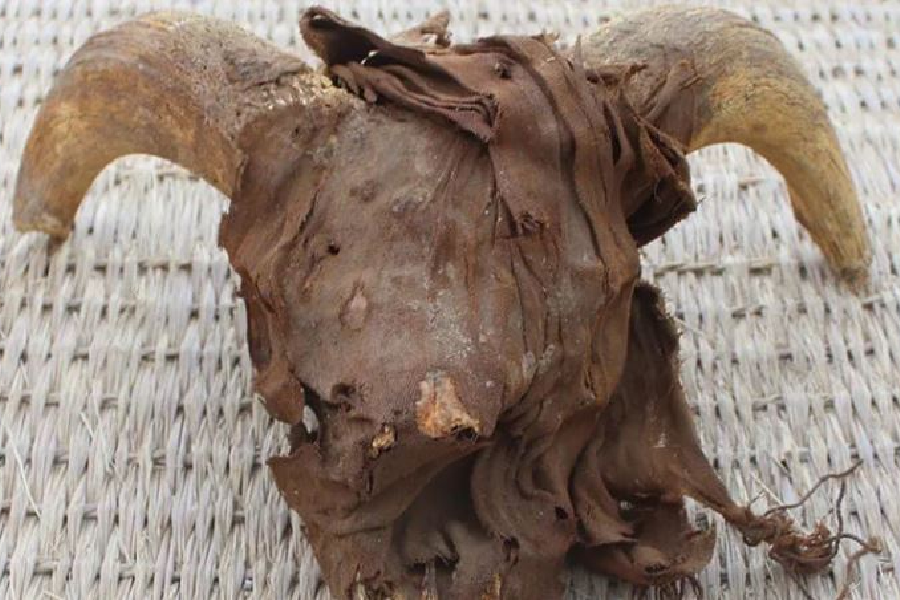2,000 mummified ram heads found in the Temple of Pharaoh Ramses II in southern Egypt
It was stated that a huge structure with over 2,000 mummified ram heads was unearthed in the Temple of Pharaoh Ramses II in the historical city of Abidos in the south of Egypt. Two possibilities are considered, whether ram heads were sacrificed or continued to be consecrated for the millennium after the death of Ramses II. It was announced that the mummies were found as a result of studies conducted by US and Egyptian archaeologists.
The 2,000 mummified ram heads found in the Temple of Ramses in South Egypt pushed archaeologists to a new study. New discoveries were made during the studies carried out by US and Egyptian archaeologists in the temple built by Ramses II in Abidos, which was the historical capital of the Ancient Egyptian Kingdom (2686-218 BC) and is located within the borders of the city of Sohac today.
The Egyptian Ministry of Tourism and Historical Artifacts stated that as a result of the excavations, more than 2,000 mummified ram heads dating back to the Ptolemaic Dynasty (332-30 B.C.) were found in Egypt.

LOOKING ON 2 POSSIBILITIES
Samih Iskender, head of the US archaeological team, noted that such a large amount of mummified ram's heads raises two possibilities: "They were used as votive offerings or that Ramses II continued to be consecrated for a thousand years after his death."
Along with the discovery, a large structure from the Sixth Dynasty (2345-1821 BC) with a different and unique architectural design was also unearthed in the temple, as well as parts of the northern wall surrounding the temple.
Mustafa Veziri, Secretary General of the Supreme Council of Antiquities of Egypt, emphasized that the discovery revealed important details about the history of the Temple of Ramses II in Abidos.
The Egyptian Ministry of Antiquities announced in 2020 that bones and skeletons of other animals were found in this temple.